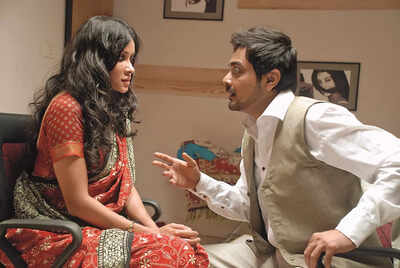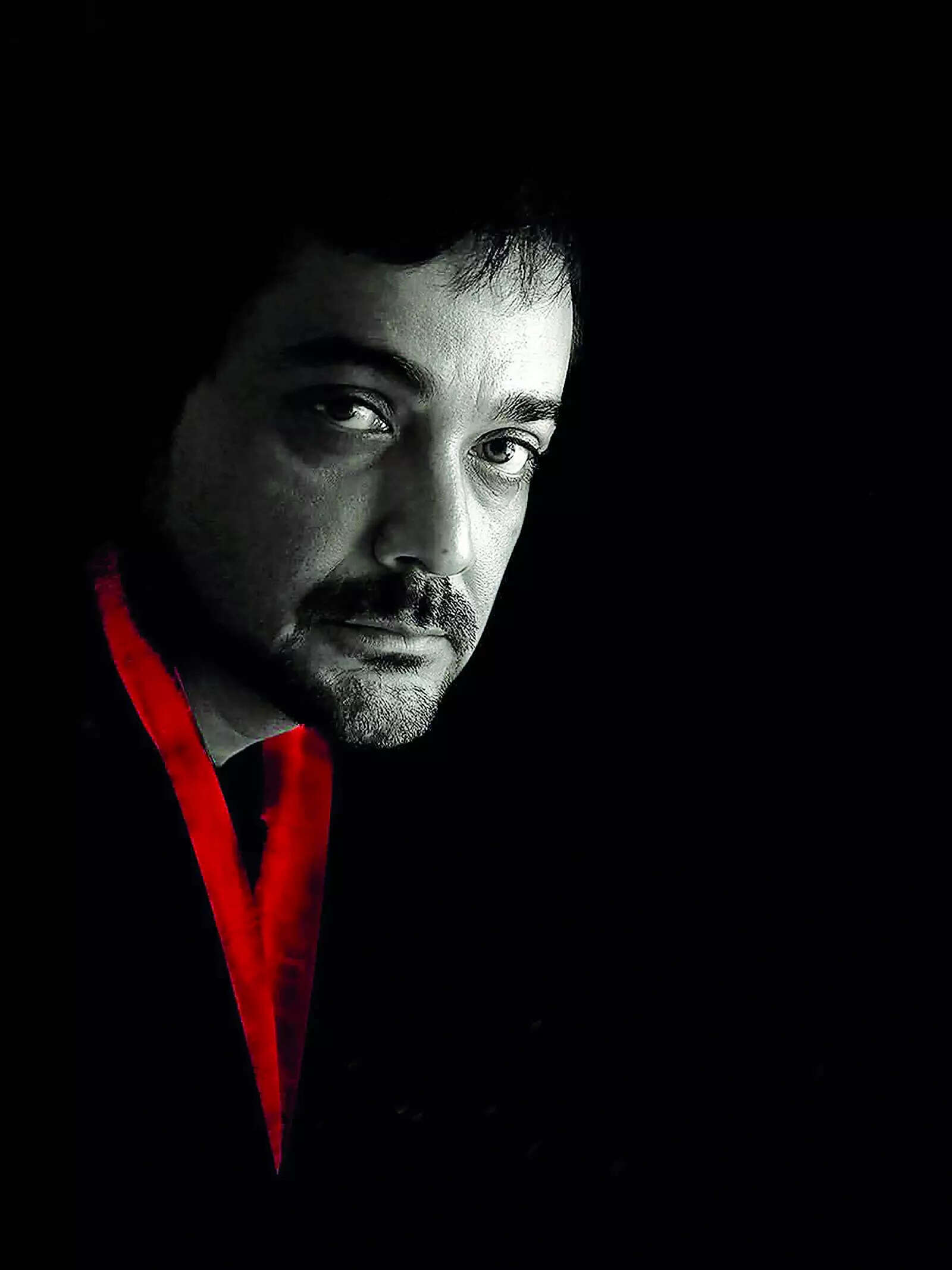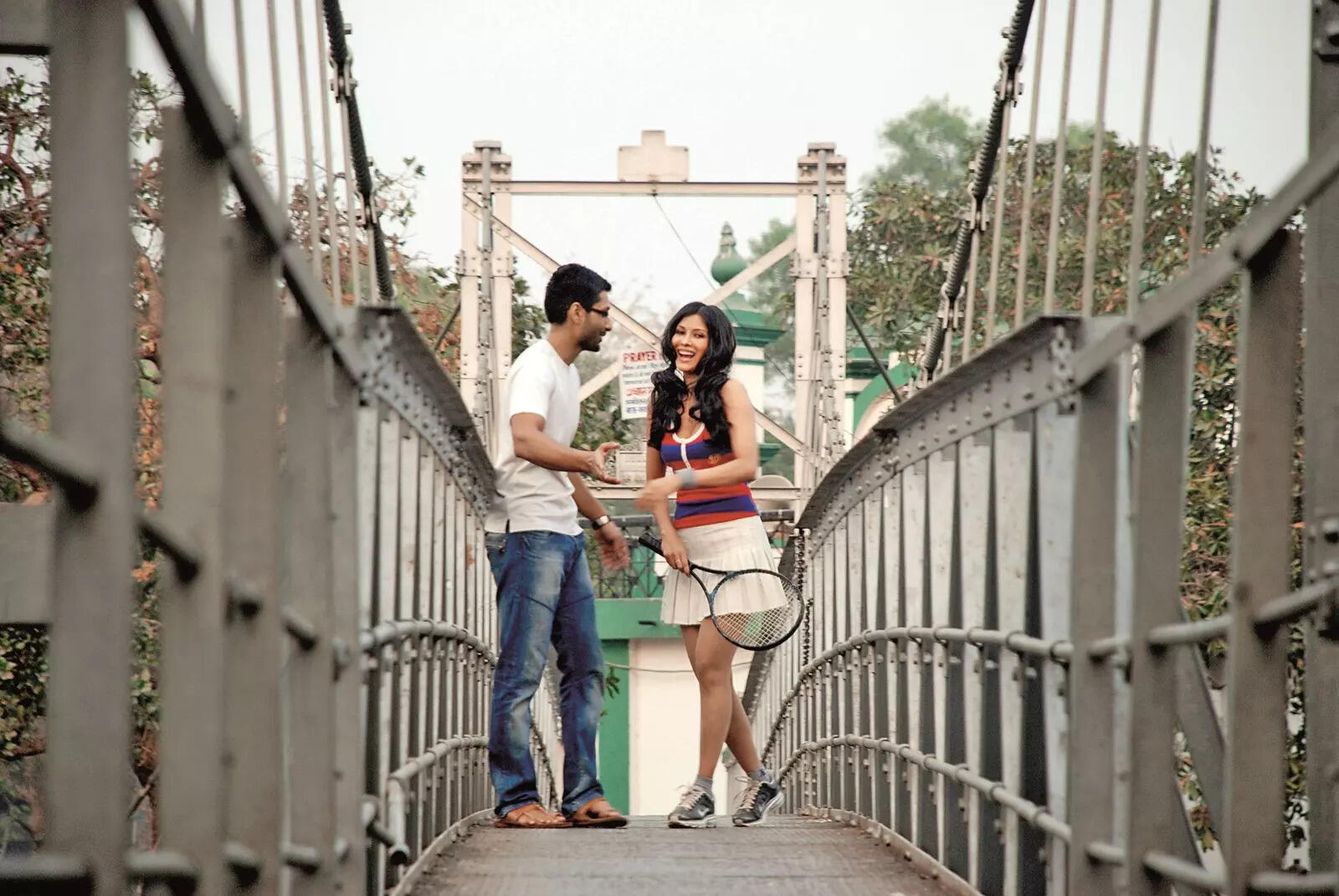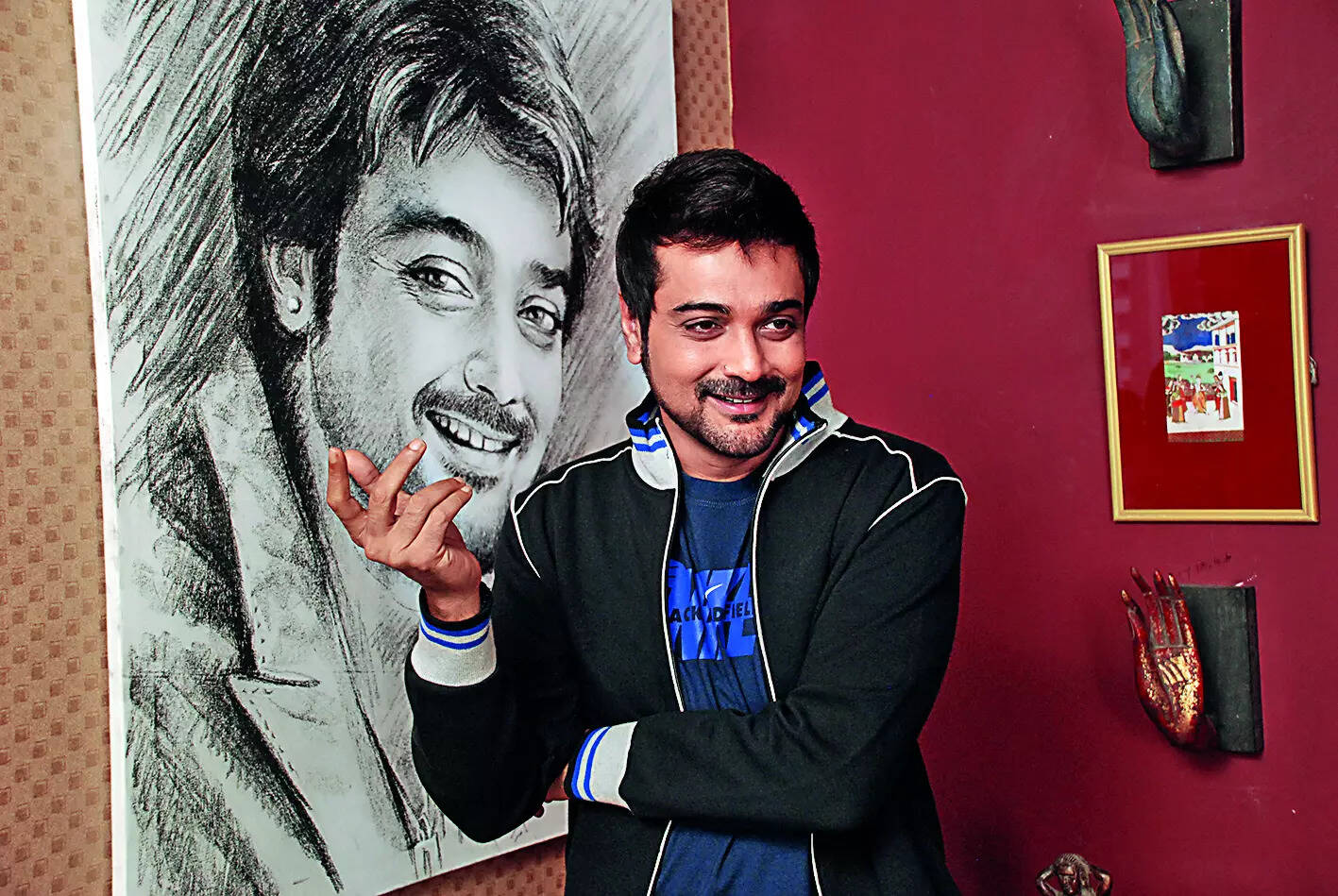ARTICLE AD BOX

Prosenjit says, ‘With this film, I wanted a commercial breakthrough while keeping it meaningful. I never imagined it would become a cult classic, but I believed it could change the language of Bengali cinema — and it did. It allowed me to stay true to myself. Today, audiences remember Arun Chatterjee, not just Prosenjit Chatterjee. They remember a larger-than-life character with a real, human heart and that’s what makes him iconic’
On October 14, 2010, Autograph directed by then-debutant Srijit Mukherji, quietly changed the course of Bengali cinema. Blending nostalgia with modern storytelling, it redefined the way the industry made commercial films.
Marking its 15th anniversary, Srijit posted: “15 years and it feels like yesterday. Striving, seeking, finding and not yielding... #15yearsofAutograph #15yearsofFilmmaking (sic).” Reflecting on the journey, he said, “The line: ‘To strive, to seek, to find, and not to yield’ from Alfred Lord Tennyson’s Ulysses defines my journey. I’ve been working on my own terms, doing what I love, and it’s been incredibly satisfying.” As the film turns 15, Prosenjit Chatterjee and Srijit revisit its legacy.

Recalling his first narration to Prosenjit, Srijit says, “I remember, I went to meet Bumba da at a studio where he was shooting for Houseful. He said he was busy on that day but I insisted that I would wait. To which he said, “You have to wait three hours and I agreed. But after one and half hours, he came and took me in his car to his Ballygunge residence and the rest is history!”
Srijit’s work and shot framing blew me away: ProsenjitProsenjit recalls being unsure of how the film would be executed, adding, “But when I heard the script after Nandana’s insistence, I immediately liked the story. While working I could feel that despite being a debutant, Srijit’s vision was precise.” He said that portraying Arun Chatterjee meant being authentic. Though he was a superstar, the film relied on subtlety rather than flashy shots.
There was only one low-angle shot in the entire film.
“Two of my favourite moments are when Arun, drunk, in Srinandita’s house says, ‘Ami Arun Chatterjee, ami industry,’ capturing his vulnerability which he doesn’t want to show. The other one is the dhaba scene where Arun shows his ID card. The way Srijit framed his face in that situation is remarkable,” he said.

Amake Amar Moto Thakte Dao: Melodies that defined a generationThe film marked the arrival of another talent — music composer and lyricist Anupam Roy — whose soulful compositions Beche Thakar Gaan and Amake Amar Moto Thakte Dao became instant anthems for a generation seeking individuality and expression.
His music, much like the film itself, struck a deep emotional chord and became a cultural phenomenon. Recalling his experience, Anupam said, “In 2010, when Autograph happened, I had no idea what was unfolding. I didn’t know that this film, the songs, would change everything for me.
I was still working in Bangalore then, completely clueless about what was going on here. But thanks to the people of Bengal and all the Bengalis around the world who made this film and its music reach such a landmark place.
These songs gave me the courage to quit my job, return to Kolkata, and pursue music full-time. I will be forever grateful to this film and its songs — they meant everything to me.”

An homage to Nayak: The HeroSatyajit Ray’s Nayak: The Hero seemed to be cosmically connected to Srijit and his first film. Srijit recalled meeting Nandana Dev Sen in Bangalore for a play called Feluda Pherot. “While talking about Nayak, I told her that I have a script inspired by the film.
She insisted on hearing it as Nayak is her favourite film too,” he said. Srijit went on to narrate the script to Nandana till 3 am the same night. He recalled: “Nandana and I decided we were doing this film and Bumba da had to play Arun Chatterjee.
After all I wrote the script keeping him in mind.” When we asked Prosenjit about his connection to the Ray classic, he said, “After completion, I realised how pioneering Autograph was — from its promotions to making a video album outside the film.
Though initially, we avoided referencing Nayak, in the end, we realised we paid a respectful tribute to a classic without trying to replicate it.” The film started with a friendshipInterestingly, Autograph was born out of the creative synergy between two friends from Bangalore — Srijit Mukherji, then an econometrician and Anupam Roy, an engineer. Both were leading comfortable professional lives when they decided to take a leap of faith and rediscover themselves through the world of cinema. What began as a collaboration between two friends soon evolved into a creative revolution that changed the sound and soul of modern Bengali cinema forever.Playing Arun Chatterjee wasn’t easy under Srijit, who was a debutant back then. Fifteen years ago, I sensed change: A fresh audience ready for a new cinematic language. Much like Rituparno Ghosh’s Chokher Bali – Prosenjit ChatterjeeWhen I made the film, I never imagined it would be praised for blending arthouse cinema with commercial appeal. I thought it’d run for a week, watched only by close ones & then I’d move to cricket journalism– Srijit MukherjeeI was looking for the right script while also wanting to reinvent my screen image. I kept asking myself: if I were 50 years younger, what kind of cinema would I want to see? That was the time Srijit approached me with his script – Prosenjit ChatterjeeWhen the producers asked who’d direct the film, I said, “Only me.” Surprised, they asked for proof, so I shot and edited a short test film, Chotograph, with one outdoor and one indoor scene. They loved it, and that’s how everything fell into place– Srijit Mukherji

 3 hours ago
6
3 hours ago
6









 English (US) ·
English (US) ·